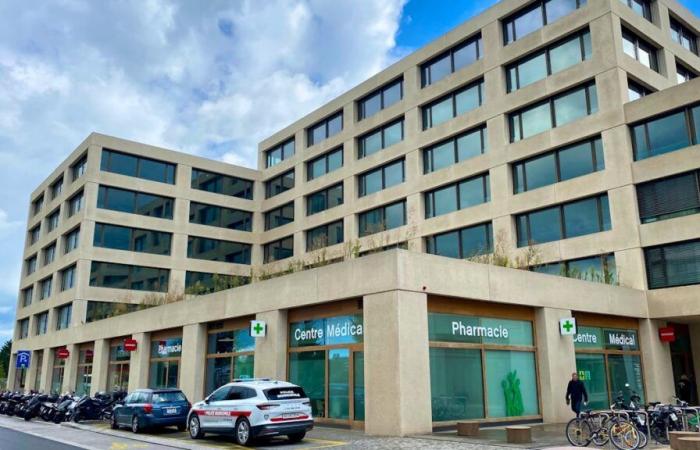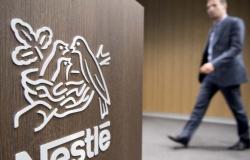The long quest is coming to an end: the commercial arcades in the Belle-Terre district will soon have almost all found buyers. The first residents of the new Thônex real estate complex had moved in more than two years ago, in the spring of 2022. But if filling housing is child’s play in Geneva, filling their ground floors – therefore bringing life and amenities – can turn into a headache.
To date, “77% of the arcades have been rented,” says Madjid Massih, commercial director of Comptoir Immobilier, the management company which manages the entire district. A veterinary practice has just opened its doors. A tea-room bakery and pastry shop is in the starting blocks, as well as a Chinese sushi takeaway. “After their opening, there will only be eight vacant arcades left,” out of the thirty-five (3,600 m2 in total) that make up Belle-Terre.
The relative slowness of these facilities has surprised some residents – who are also eagerly awaiting a restaurant. However, it is easily explained, given the typology of the places. Belle-Terre is not a “destination” district: you don’t come there without a particular reason to have a coffee – as in the other peripheral areas of the canton. And the modest size of the arcades (100 m2 on average) does not attract large brands, which have project managers and plan their arrival years in advance.
In Belle-Terre, “as for example in Saint-Mathieu (Bernex) or la Chapelle (Lancy-Plan-les-Ouates)”, the design of the places is intended for self-employed people, SMEs or craftsmen, – “who have little means” – or to local services and personal services. “You will never have Zara or Rolex, but small entrepreneurs who, in addition to the rent, must finance the development of the arcade.”
These small businesses face a double pitfall: for the moment, in Belle-Terre, attendance remains low during the day, due in particular to a relatively modest proportion of office spaces. However, “a restaurant, for example, needs a critical mass to be able to make daily specials.” And to date, this famous critical mass is difficult to achieve, given the construction schedule of Belle-Terre: 670 housing units in 2022, a thousand more in 2030, then another thousand thereafter. In other words, for interested SMEs, “the problem is the phasing”. If they open now, “they must hold.”
The last piece of the puzzle is therefore the allocation of a commercial building which borders the central street of the district. It houses a Denner and a pharmacy on the ground floor. However, for the moment, the floors are empty. But the situation is about to change: at the end of 2025, a post-operative clinic will be set up there and will occupy 70% of the space. This arrival must be the keystone of the filling of Belle-Terre (which should also accommodate a state educational support structure covering 600 m2). The medical facility will bring about 100 employees – and opportunities for merchants. The icing on the cake is that a company restaurant accessible to all will open on the roof.
Several delays that add up
Marketing commercial premises takes time, explains Madjid Massih: those in Belle-Terre being “rented gross”, a case-by-case arrangement is essential. This requires obtaining a building permit, which can take a few months to be issued. The costing of the work, for its part, can last up to six months. Not to mention the loss of time if no agreement is reached and the merchant initially interested gives up. “For example, we talked for a year with another clinic, and it didn’t come to fruition.” We had to start from scratch with the new medical establishment. “And there, from A to Z, the process took twenty-five months. Hence premises which take longer to be re-let.”






